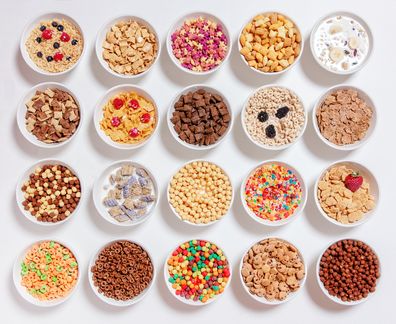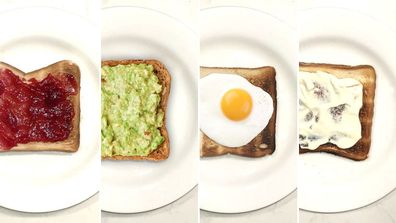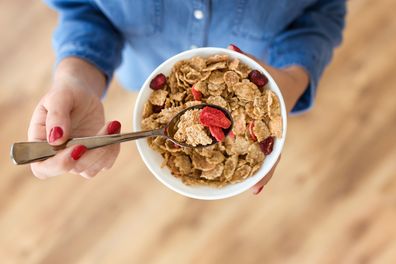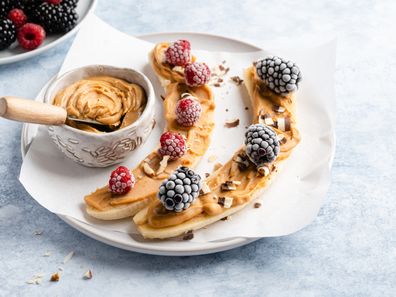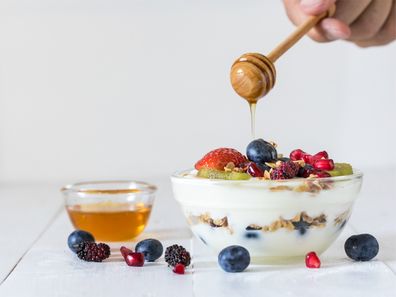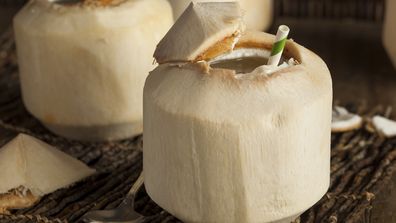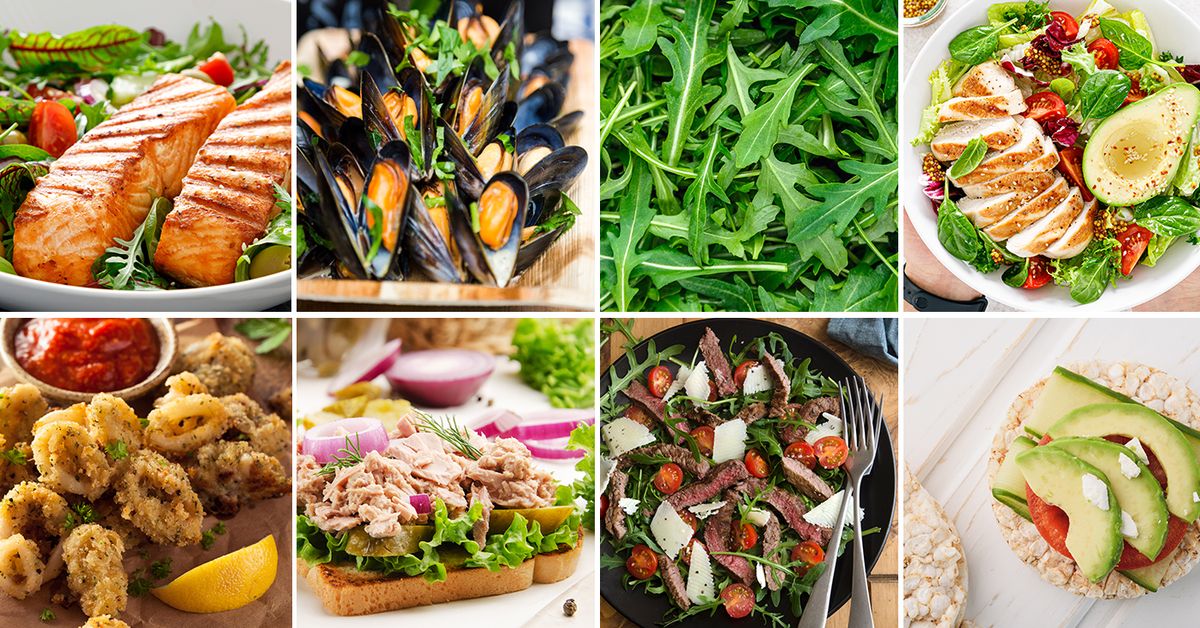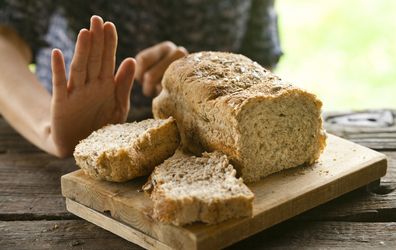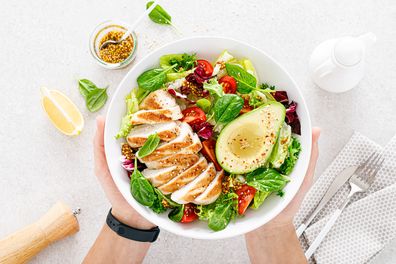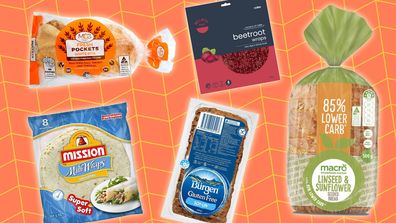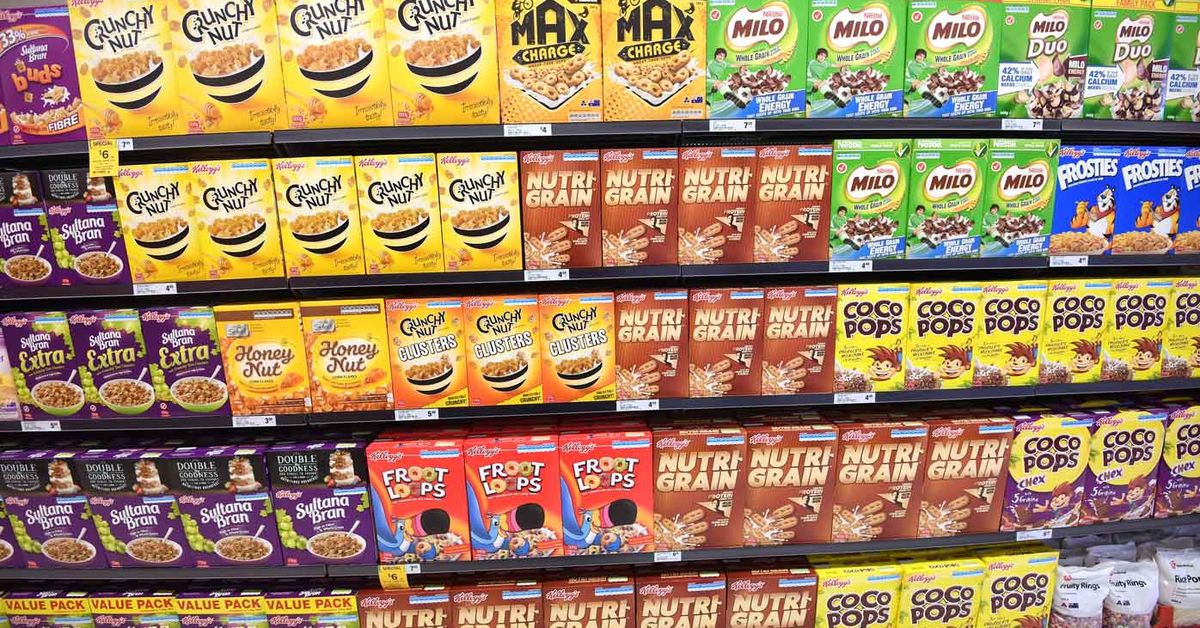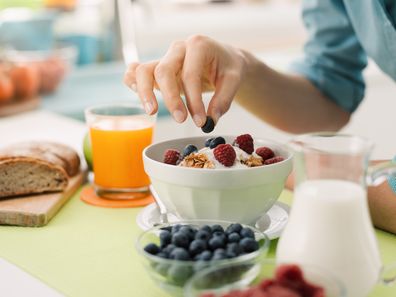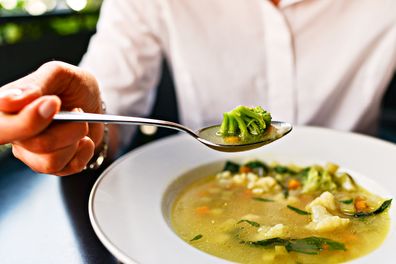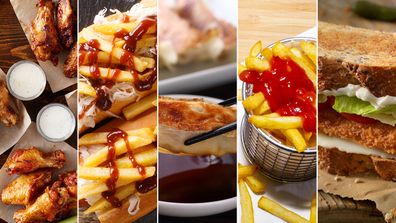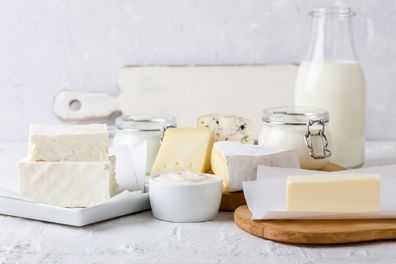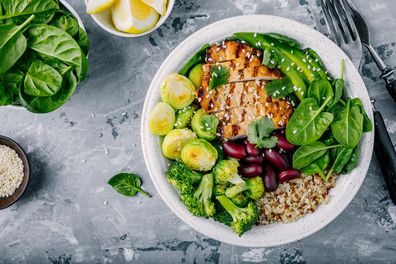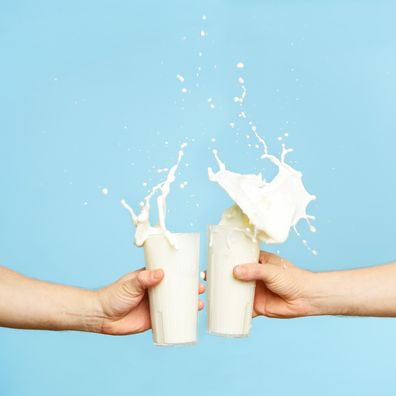Long gone are the days when milk meant one thing. Now it seems that there is a new type of milk popping up at supermarkets each visit – coconut, almond, oat, A2, light, reduced-fat and, of course, regular, full-cream milk just to name a few.
So, to help steer you in the right direction, whether you prefer a plant- or dairy-based milk, here is a run-down of all the different types and the pros and cons of each.
Regular milk
Technically speaking milk must come from mammary glands and in Australia cows’ milk can be found in full-cream, reduced-fat and skim or non-fat varieties.
A rich, natural source of protein, calcium, magnesium, vitamin B and potassium, the key difference between regular milk and lower fat varieties is that full-cream milk offers close to 10g of fat per 250mL serve compared to 4g of fat for reduced fat and 1g or less of fat for skim and non-fat varieties.
READ MORE: How to take control of your salty and sweet cravings

Contrary to popular belief, skim milk does not contain more sugar than full-cream milk, nor does it contain added sugars.
Rather the sugars found in milk are naturally occurring from the milk sugar lactose.
Organic milk cows’ milk has been shown to have a slightly higher nutrient content than non-organic dairy milk, while A2 dairy milk contains only beta-casein protein, which has some evidence to show it may aid digestive comfort. For those who are lactose intolerant you can also find full-cream and reduced fat varieties of lactose-free milk.
Almond milk
Extremely popular, it is actually water that largely makes up almond milk, along with sugar, vegetable oils and anywhere between 2-6 per cent almonds.
As almonds are such a small proportion of almond milk overall, it means that almond milk generally contains very little protein, at most 2-3g per serve compared to at least 8g of protein in soy and dairy milk.
While there are a number of unsweetened almond milks now available, regular varieties are also relatively high in added sugars with up to 12g of added sugars per serve.
READ MORE: How healthy is your morning bowl of cereal for you
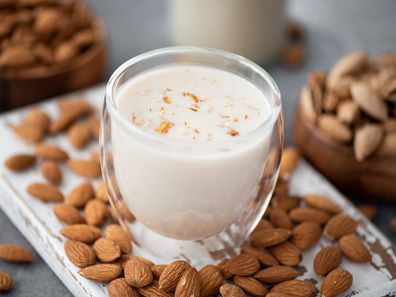
A closer look at the ingredient list will also reveal a number of additives including oils, emulsifiers and gums which have the role of converting the almond water into a milk like consistency.
The other key issue to be aware of if your milk preference is for almond is that you need to find a variety that contains both added calcium and added vitamin B12, two key nutrients we often assume we will get when we consume ‘milk’.
Oat milk
Rapidly growing in popularity in Australia, oat milk is a mix of water and oats (up to 15 per cent), the biggest difference between other plant-based milks and oat milk is that oat milk does contain relatively high amounts of the dietary fibre beta glucan, which is clinically proven to help lower blood cholesterol levels.
The downside is that oat milk, even the unsweetened options are relatively high in calories and carbohydrates compared to dairy milk with close to 30g of carbohydrates per serve and remains low in protein with just 2-3g of protein per serve.
And again, a scan of the ingredient list reveals that oat milk contains a mix of oil, salt and gums in its formulation.
Rice milk
A popular choice for those battling various food allergies and intolerances, rice milk is a lot like almond milk in the sense it is a mix of water and brown rice, although the rice amounts tend to be higher at 10-13 per cent resulting in a milk that contains significantly more carbohydrate than cows and almond milk.
READ MORE: Could you pass the FBI’s gruelling fitness test?

Like almond milk, rice milk too will use various oils and additives to create a milk like consistency. The protein content of rice milk is exceptionally low and again the key is to choose an unsweetened variety that is fortified with calcium and vitamin B12.
Soy milk
The closest to dairy milk in terms of the nutrients its offers, a serve of soy milk contains 8-10g of protein and 10g of carbs.
Regular soy milk will also contain a similar amount of fat to that of full-cream milk, although the plant source of fat means that the type of fat is mainly unsaturated fat unlike dairy milk which is primarily saturated fat.
The main ingredient in soy milk is again water, along with soy beans (10-14 per cent), sugar, gums, flavours and salt.
As soy milk has been available for a number of years there is also a lot of fortified varieties with more calcium, protein and also lower sugar varieties available.

Coconut milk
Popular on keto and low carb programs, coconut is rarely a dietitian’s favourite milk.
Made from a mix of water, coconut cream, sugar, emulsifier and salt, the main difference between other plant-based milks and coconut milk is that coconut milk has more fat but fewer carbohydrates, and the fat is largely saturated fat.
Overall, it could be argued that of all the plant-based milks available, coconut offers the least nutritionally.
With very few calories, minimal protein and carbohydrates, you are basically drinking a bit of fat and water minus any natural nutrients.
Author Susie Burrell is a leading Australian dietitian and nutritionist, founder of Shape Me, co-host of The Nutrition Couch podcast and prominent media spokesperson, with regular appearances in both print and television media commenting on all areas of diet, weight loss and nutrition.
For a daily dose of 9Honey, subscribe to our newsletter here.

